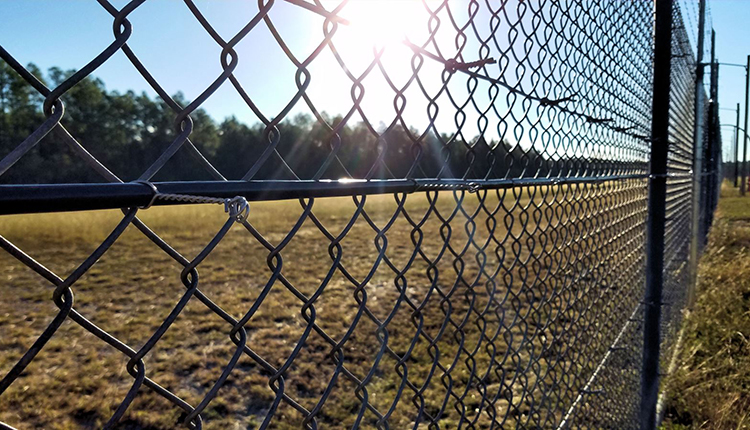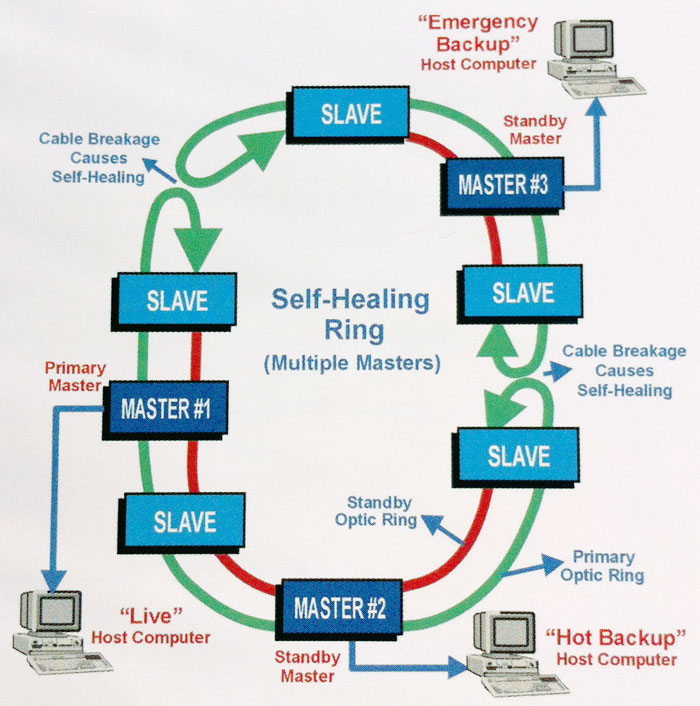Investing in a Fiber Optic Security System: How It’s the Future of Secure Networks
Investing in a Fiber Optic Security System: How It’s the Future of Secure Networks
Blog Article
Boost Your Safety And Security With Advanced Fiber Optic Safety And Security Solutions
In a period where protection is vital, sophisticated fiber optic security systems offer an engaging option for boosting security throughout different settings. What implications do these improvements hold for future protection measures?
Benefits of Fiber Optic Security
Utilizing the advantages of fiber optic innovation substantially improves security systems throughout numerous applications. Among the key benefits is the boosted data transfer ability, enabling the transmission of large quantities of information at broadband. This is especially important for real-time video monitoring, where high-resolution feeds can be sent out without latency, making certain instant reaction capabilities.
In addition, fiber optics display superior resistance to electromagnetic interference, which is vital in settings with possible signal disturbances. This dependability makes certain constant efficiency in essential safety procedures. Fiber optic wires are less vulnerable to touching and unauthorized gain access to compared to standard copper circuitry, thus boosting data integrity and confidentiality.
One more noteworthy advantage is the sturdiness of fiber optic systems; they are more resistant to environmental elements such as moisture, temperature fluctuations, and corrosive materials. This resilience translates to reduce upkeep expenses and longer life expectancies for protection setups.
Finally, the lightweight nature of fiber optic cables assists in simpler installment and directing, especially in complex facilities (fiber optic security system). Ultimately, the combination of fiber optic technology into protection systems not just boosts security procedures yet also enhances functional effectiveness
Key Attributes to Take Into Consideration
When examining fiber optic security systems, a number of vital attributes must be thought about to ensure ideal efficiency and performance. First, analyze the system's discovery variety and level of sensitivity; an extensive array enables monitoring big areas, while high sensitivity guarantees that even small disruptions are detected quickly.
Following, think about the combination abilities of the system. A fiber optic safety and security system should effortlessly user interface with existing safety and security steps such as video cameras and alarm systems, creating a cohesive protection network.
Sturdiness and environmental resistance are likewise vital features. Make sure that the system is created to endure extreme climate condition and possible physical dangers, as this will extend its operational life expectancy.

Last but not least, consider the scalability of the system. A durable fiber optic safety system must be easily expandable to accommodate future demands without substantial overhauls. By carefully considering these attributes, you can choose a fiber optic protection solution that enhances safety and security and security in your environment.
Installation Refine Overview
To successfully implement a fiber optic protection system, a methodical installation process is important. This process starts with a detailed site assessment to figure out the details safety and security needs and to identify ideal locations for fiber optic wires and protection tools. Following this evaluation, the installment team will establish a thorough plan, consisting of wire paths, essential tools, and conformity with local regulations.
Following, the installment includes laying the fiber optic wires, guaranteeing they are safeguarded from ecological variables and physical damage. Correct handling strategies are crucial, as fiber optic wires are delicate and can be easily damaged. After the cabling is mounted, connectors and terminations are thoroughly finished to ensure my sources signal integrity.
The succeeding stage includes installing protection gadgets such as electronic cameras, movement detectors, and security system, all integrated with the fiber optic network. Strenuous testing is performed to confirm that all elements are working properly and to ensure optimum efficiency.

Contrasting Fiber Optic to Typical Systems
The evolution of security technology has caused substantial advancements in the comparison in between fiber optic systems and typical copper-based systems. Fiber optic systems use light to transfer information, providing remarkable transmission capacity and rate compared to their copper counterparts. This causes enhanced information transmission capacities, making fiber optics suitable for high-resolution video surveillance and real-time surveillance.
In addition, fiber optic cable televisions are resistant to electro-magnetic interference, lowering the probability of signal degradation triggered by outside factors. This particular makes certain constant efficiency, even in difficult settings. On the other hand, conventional copper systems are much more susceptible to disturbance, resulting in possible susceptabilities in security applications.
Longevity is one more benefit of fiber optic systems. They are less susceptible to harm from environmental elements such as wetness and temperature level fluctuations, which can jeopardize copper electrical wiring. Fiber optics are lighter and thinner, permitting for simpler installation and lowered physical footprint.
However, conventional systems tend to have lower initial costs, making them attractive for budget-conscious tasks. While fiber optic systems may require a higher in advance financial investment, their long-lasting benefits-- such as lower maintenance prices and higher integrity-- usually exceed the preliminary expense, placing them as a remarkable selection for contemporary protection requirements.
Future Trends in Safety Technology
Emerging patterns in security modern technology are poised to change the landscape of security and hazard discovery - fiber optic security system. As organizations increasingly deal with advanced dangers, innovations such as expert system (AI) and machine learning (ML) are becoming integral to security systems. These innovations improve the capability of fiber optic systems by enabling real-time information evaluation, recognizing abnormalities, and automating feedbacks to potential breaches
In addition, the combination of the Net of Points (IoT) is reinventing security structures. IoT tools can offer comprehensive situational recognition and company website assist in smooth interaction in between different security components. This interconnectedness permits for a lot more efficient surveillance and faster incident navigate to this site action times.
Biometric verification is likewise obtaining energy, providing a higher level of security through distinct physical qualities. As this technology develops, it is most likely to be integrated right into fiber optic systems for improved access control.
Final Thought
Finally, progressed fiber optic safety and security systems represent a substantial development in security and monitoring technology. Their premium bandwidth, resistance to interference, and sturdiness help with reliable monitoring and data stability. As these systems integrate AI and IoT capacities, they boost the overall protection structure, making sure durable defense for possessions. The change from traditional systems to fiber optic remedies mirrors an expanding trend in the direction of more effective and efficient security steps in a progressively intricate technological landscape.
Report this page